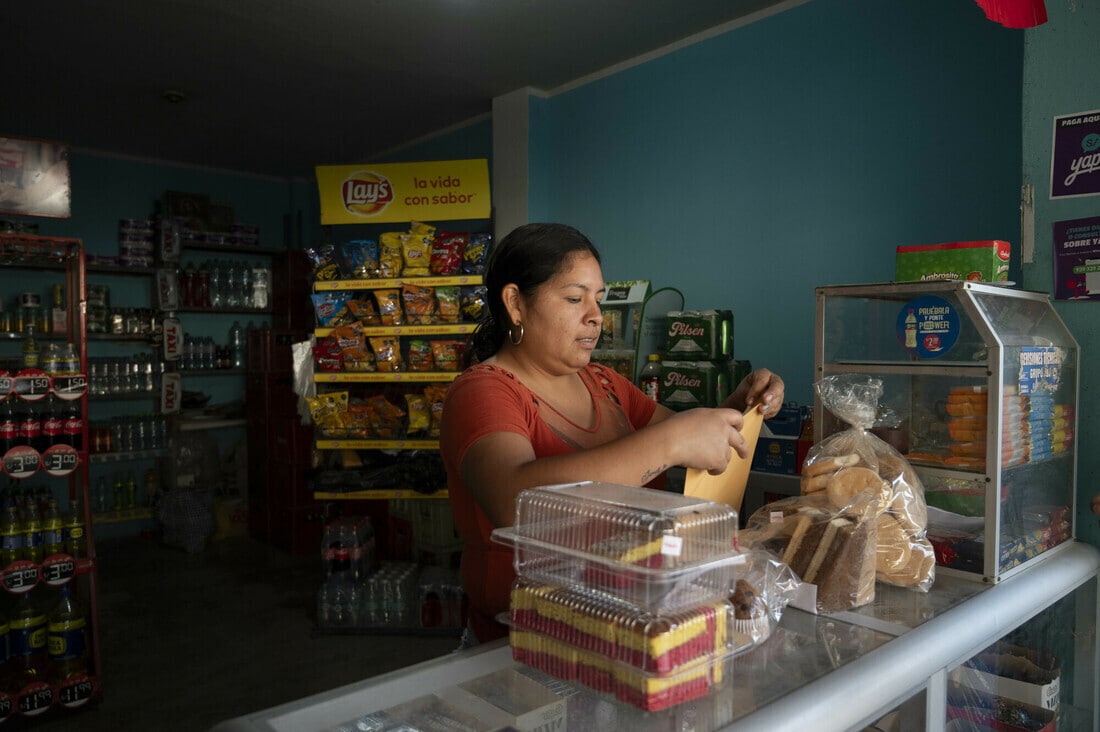How to improve personalised learning


Get involved with our crowdsourced digital platform to deliver impact at scale
Stay up to date:
Education
As I’ve talked about in other blog posts, personalized learning begins when a teacher creates a bond with her students. While the term personalized learningmay be somewhat new, we know that the concept isn’t. Good teachers have always sought to identify individual student needs, tap into student interests and create personalized pathways for students that engage them in their learning.
What is new, however, is how more and more teachers are using technology to foster the teacher-student connection. Technology makes it easier to identify students’ needs, strengths and interests. It makes it easier to customize learning experiences. It makes it easier to engage students and help them own their learning.
Technology makes personalized learning easier but it isn’t easy just yet. We still have a lot to learn from research and from teachers who are innovating and trying out different approaches in their classrooms. Their work is a far, far cry from the notion that personalized learning simply means a student in front of a computer.
I’ve shared a few stories about some of these teachers, such as Aaron Kaswell in Brooklyn, NY andTanesha Dixon in Washington DC. And, I’m thrilled now to also share examples of their personalized learning routines, rituals and strategies that other teachers can explore and use for themselves.
Aaron and Tanesha, along with high school teacher Jessica Anderson of Montana and eight other teachers, are part of BetterLesson’s Blended Learning Master Teacher Project (BlendedMTP). The project seeks to capture and disseminate effective personalized learning practices through strategy videos and other classroom artifacts.
Their first 53 videos focus on building classroom culture and routines that support personalized learning through both technological and non-technological approaches. As Aaron told our team, “Blended learning or not, there is still a culture, a foundation, that needs to be built and, in some ways, it is more important than ever.”
By the end of the project, BetterLesson projects that there will be another 200+ videos from the teacher team. It promises to be a wonderful window into the work and thinking of a few great teachers—and a valuable resource for all educators.
So, take a look:
Curious about how to individualize activities to build specific skills for each student?
Watch Friday Review, a strategy developed by San Jose teacher Stephen Pham.
Struggling with how to smoothly facilitate student movement on and off of technology stations? Watch elementary teacher Freddy Esparza explain Transition Time.
Or, perhaps you are wondering about ways to gamify your curriculum? Take a look at Jessica’s videos on Gamification and Battling the Boss. Designed for her 9th grade Earth Science classes, her curriculum centers on a story that includes student quests, a quest contract (or grade contract), different levels of activities, experience points (or points for mastery and completion of work) and a leader board.
As Jessica explains, “The lower achieving students love it because they can do something over and over until they’ve mastered it, and they don’t feel like stragglers. The higher achieving students love it because they don’t have to wait. And even students who aren’t gamers love it because it changes the dynamics to be more student-centered, not teacher-centered.”
What’s also interesting is that the BlendedMTP project has evolved into a community of practice, with teachers dedicated to looking critically at their own work. Both Aaron and Tanesha emphasize the importance of the project to their own development as teachers.
“Even through we are called ‘blended master teachers,’ it is almost a misnomer,” Tanesha explains. “We are still hungry to learn and we are all about continuous improvement. I’m still on my journey in figuring this out. It isn’t like riding a bike. I’m constantly learning about it, iterating on what I’ve done in my classroom and learning more.”
Aaron adds, “I’ve done a lot of fine tuning of my own work. Documenting my work has helped me highlight best practices and decide some other things have to go. It’s been a big reflection on my process. And, it’s a work in progress. We are putting our work out there for people to take, use as a baseline and make it their own. We hope they might become inclined to try out blended learning themselves.”
I, for one, am excited to see what the next series of videos from the BlendedMTP project brings!
This article is published in collaboration with The Bill & Melinda Gates Foundation. Publication does not imply endorsement of views by the World Economic Forum.
To keep up with the Agenda subscribe to our weekly newsletter.
Author: Vicki Phillips is the Director of College-Ready Education.
Image: Students at the Lilla G. Frederick Pilot Middle School work on their laptops during a class. REUTERS/Adam Hunger.
Don't miss any update on this topic
Create a free account and access your personalized content collection with our latest publications and analyses.
License and Republishing
World Economic Forum articles may be republished in accordance with the Creative Commons Attribution-NonCommercial-NoDerivatives 4.0 International Public License, and in accordance with our Terms of Use.
The views expressed in this article are those of the author alone and not the World Economic Forum.
The Agenda Weekly
A weekly update of the most important issues driving the global agenda
You can unsubscribe at any time using the link in our emails. For more details, review our privacy policy.
More on Education and SkillsSee all
Jeff Maggioncalda
June 21, 2024
Chun Yin Mak
June 18, 2024
Rahmin Bender-Salazar, Breanne Pitt and Christian Roth
June 13, 2024
Mark Muckerheide
May 21, 2024






